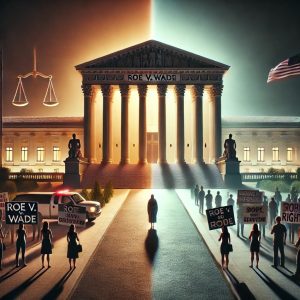In the age of rapidly advancing technology, artificial intelligence (AI) is becoming an ever-present feature in the devices we use daily. From smartphones to smart home systems, AI is designed to enhance user experiences by learning patterns, predicting needs, and offering personalized services. However, as AI becomes more integrated into our lives, a question arises: Is it capable of capturing everything you type, see with your camera, or hear through your microphone before any data is encrypted? The answer lies in understanding how these systems work and the level of access AI has to your personal data.
Devices with AI capabilities typically rely on sensors like cameras, microphones, and sensors embedded in the hardware. These systems are programmed to interpret data in real-time, allowing features like voice recognition, face unlocking, and smart assistance. While these sensors are often used for legitimate purposes, such as facilitating a voice command or facial recognition for security, it’s easy to imagine how this data could be accessed and stored by AI before encryption.
The key issue here is the role of encryption. For many services and devices, encryption ensures that the data you send or receive is protected from prying eyes. But the potential vulnerability lies in the time between data capture and encryption. In theory, if a device’s AI system has direct access to the microphone, camera, or keyboard input, it could technically record everything before that data is securely encrypted. The use of AI in real-time processing, however, doesn’t automatically mean data is being stored. Most reputable companies have strict guidelines about how data is handled, and some devices or apps even allow users to control privacy settings to limit what can be captured or monitored.
On the other hand, some less transparent applications or devices may bypass these safeguards. Users may unknowingly consent to monitoring capabilities, especially in cases where they do not read the fine print during setup or app installation. Additionally, with the increasing presence of cloud-based AI, the question of where data is processed and stored becomes more complex. Could it be that our devices, under the guise of helping us, are quietly listening, watching, and recording our every move?
It’s crucial for users to be informed and proactive about the permissions they grant to their devices and apps. Turning off unnecessary permissions, using trusted security software, and regularly reviewing privacy settings can go a long way in protecting personal data. As AI continues to evolve, so too must our understanding of its potential impact on our privacy.
































